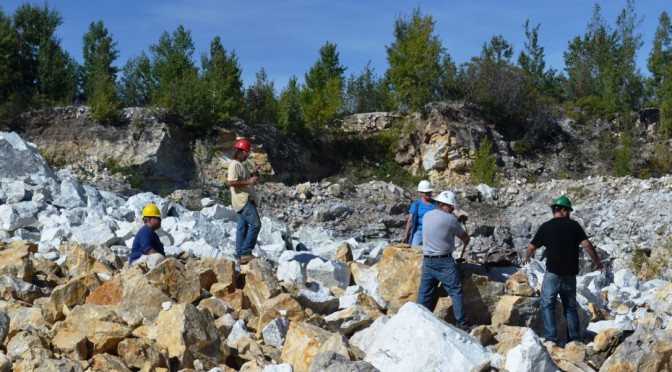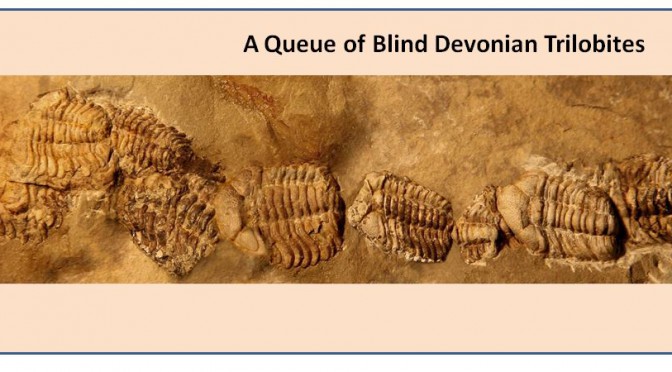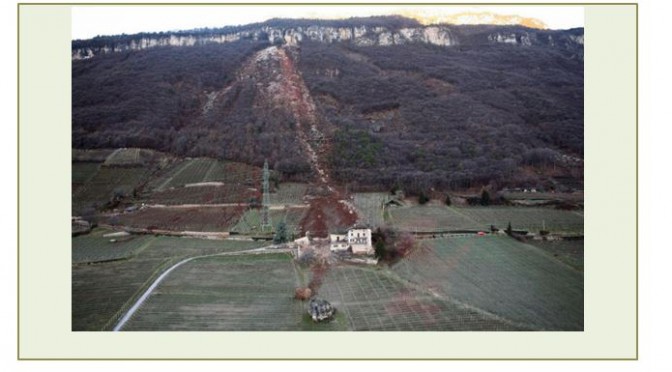Wayne County Gem and Mineral Club’s September Adirondack field trip was another great success. Seven spots in 4 days with the Saturday AM visit to Benson Mines in Star Lake attracting the most collectors. 33 folks convened and enjoyed a morning collecting in the dumps of the open-pit iron mine just outside town. Five of the other sites visited were repeats for the club (Rose Road, Benson Mines, Talcville, Valentine Mine, Fine roadcut, and Moose River). However, we had never been to the Seavey Road marble quarry north of Gouverneur. Thanks to Ken St. John, who had visited earlier with a small group of fluorescent mineral collectors, and to quarry owner Kevin Dibble, we were able to spend three hours in the large, and very white, quarry. As a new site for us, the Seavey Road location deserves a review.
Monthly Archives: September 2016
October birthstone – Opal
October is another month with two official birthstones. If you are partial to wondrously terminated hard crystalline faceted gemstones, perhaps tourmaline would be your preferred choice. But, if you like the rainbow play of colors offered by opal, then stones cut to display the remarkable lustrous character of precious opal may touch your fancy. Since I’ve already written about tourmaline, let’s focus on opal in this birthstone review.
Mushrooms on Stamps
- Rochester Philatelic Association club member Paul Brach likes mushrooms. If you are roaming a Monroe County Park you might spot Paul and his camera searching the forests and meadows for the biggest, the best, or the rarest fungi to photograph. Like many of us with a “second” hobby, Paul augments his field and scientific interest in mushrooms by collecting them on stamps. Paul shared his love of mushrooms with RPA members at our March 10th meeting.
Blind Trilobites
I have trouble finding one lone whole trilobite when I go out collecting in the Devonian of New York. And then along comes this note from central Poland where researcher Blazej Blazejowski reports that the eyeless trilobite Trimerocephalus chopini can be found preserved in trains with head to tail (or in trilobite lingo with cephalon to pygidium). He infers that the queues actually represent migratory chains as the ancient arthropods marched across the seafloor, perhaps in an unsuccessful effort to escape near and present danger.
Wouldn’t it be neat to find a queue of arthropods after splitting some Hamilton Group shales? Or maybe there was no reason for New York trilobites to migrate? Perhaps life was just too good to move?
Blazejowski, B., et. al., 2016 Ancient animal migration: a case study of eyeless dimorphic Devonian trilobites from Poland, Palaeontology, V. 59, p. 743-751.
When Rocks Move
So how would you like to wake up one morning and wonder how such a big rock got into your garden?





